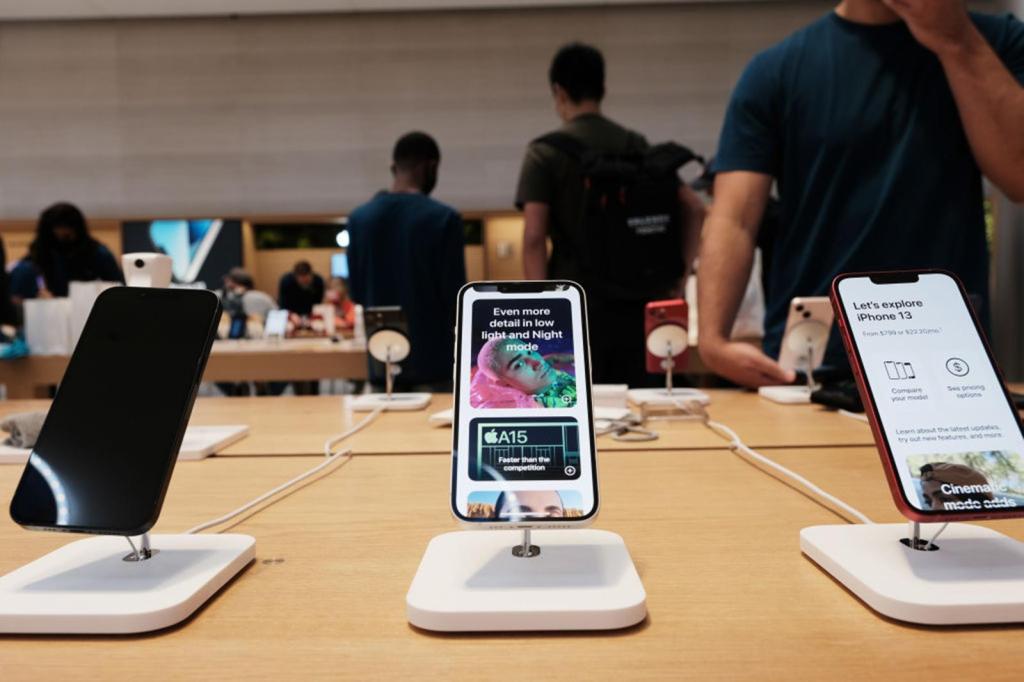By Marcos Cabello, Bankrate.com
Tariffs could cost the average American household $3,800 in 2025, according to The Budget Lab at Yale University. This estimate comes even as President Trump announced a 90-day pause on tariffs earlier this month, temporarily reducing most tariffs to 10% in the meantime, while maintaining higher rates for countries including China.
Tariffs — taxes imposed on imported goods — typically cause prices to rise as companies pass these additional costs to consumers. While this inflationary pressure may keep savings account yields elevated longer, it also means your everyday purchases could become significantly more expensive.
Here’s what you need to know about how tariffs will affect your finances and practical strategies to prepare your budget and savings.
How tariffs will impact your money
Tariffs may impact a wide range of consumer goods, with some categories facing steeper price increases than others.
Products expected to be impacted by tariffs, according to Yale’s Budget Lab study, include:
- Electronics: Smartphones, laptops and televisions could see prices increases of up to 4.5 percent. Some reports estimate that manufacturing an iPhone in the U.S. could drive up the cost to as much as $3,500. And tariffs are already having effects on some electronic products, including the Nintendo Switch 2, as pre-orders have been delayed in the U.S.
- Clothing and apparel: Leather products and apparel are the two categories expected to see the highest price hikes. The Budget Lab estimates that these products will go up by 18.3 and 16.9 percent, respectively.
- Automobiles: Both new and used vehicles may become more expensive, with an estimated 8.4 percent increase for motor vehicles and parts. This affects not just fully imported cars but also American-made vehicles that use imported components.
- Furniture and household goods: Imported furniture, including tables, chairs and home decor. Textiles (9.6 percent), wood products (3.3 percent)…
Read the full article here







